The Instructional Books of Yore
RUMMAGING through the usual heaps of detritus that function as the Rancid Raves Research Department, I came across a column I’d written for Rob Stolzer’s zine 1506 Nix Nix, in the 1990s. The title of Rob’s zine refers to an antique in-joke. According to legend, “1506" was the hotel room number of a cartoonist friend of Bill Holman’s, Al Posen, who sometimes entertained women in his room—at which time, no one should disturb him: “nix nix” on knocking on the door or committing any other disruptive sin.
As recollected in the accompanying piece, I’d written under the Comicopia column heading for numerous publications. But what intrigued me this time was the topic: buried there in the accumulation of old paper, it screamed out at me. “How To Draw Comics.” In the column, I sampled various tomes I’d “studied” over the years, and since this corner of our webiste is devoted to historical matters, I thought I’d share them here.
A couple of odds bits of mental flotsam surfaced as I perused this ancient document. First, if you look at the books I was using in somewhat the order that I was using them in, you”ll see that I progressed from early, “primitive” cartoon drawing styles through more modern styles, winding up with my characters Dupin and Dooley (the fat one). In effect, I passed through the history of cartooning, starting with Frank Webb’s stuff in the 1930s and finishing with Gus Arriola of Gordo fame in the 1950s, going from somewhat clumsy style to more sophisticated manner.
In the manner of apprenticeships since the middle ages, I apprenticed myself to a succession of cartoonists, copying their characters over and over until I got them right. And then, I’d go on to the next idol of my worship.
The last cartoonist to whom I apprenticed myself was Arriola. And this apprenticeship was different than the others that preceded it: I was no longer interested in copying the characters he drew (I never drew Gordo): what I admired and sought to emulate was the very manner of his drawing—his style, which, by the time I was imitating it, consisted of a broad, bold line, amplified by thinner lines throughout. As you can see on the drawing of Dupin and Dooley nearby, my imitation of Arriola’s bold linear treatment was fairly noticeable.
Dupin and Dooley starred in a comic strip of that name.
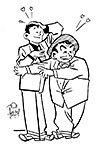 |
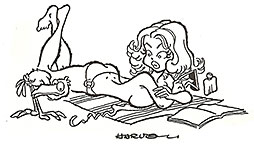 |
Dupin was a visual reincarnation of Cecil
Jensen’s Elmo, the eponymous protagonist of which was the world’s
dumbest hero: Dupin had the same vacuous grin that Elmo sported. Dooley’s
appearance was inspired by Leo Gorcey’s in the Dead End Kids movies. In the
accompanying picture, Dupin and Dooley appear to be eyeballing something to the
right. And I’ve supplied the something in the drawing next to them. (Originally,
the picture next to Dupin and Dooley framed on the wall of my bedroom was
another framed drawing, an original rendering of Long Sam by Bob Lubbers,
the leggy heroine was more than enough to attract Dupin and Dooley’s oogling.)

Dooley
was the smarter of the pair; Dupin, by comparison, the dumber. I concocted the
strip the summer before my freshman year in college, and the strip was about
the college life of Dupin and Dooley. 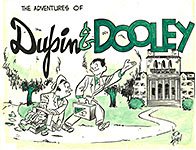 Unfortunately, the campus newspaper didn’t have the
resources to publish a daily comic strip, so Dupin & Dooley languished
forever.
Unfortunately, the campus newspaper didn’t have the
resources to publish a daily comic strip, so Dupin & Dooley languished
forever.
Not all the books on cartooning that I studied are here. But there’s enough to make me pause in wonderment. (And without wonder, there is no wisdom because we are not stimulated to ask “why?”)
The other thing I remarked upon while thumbing through the text of the piece was Joe Kubert. Already, in 1964 (or even earlier), he was conducting classes in cartooning. His passion for teaching would finally manifest itself in a full-fledged school of bricks and mortar. But it evidently began as a modest correspondence school, as we see herein.
That’s enough preamble. To get to the opening salvo of my antique column abut How To Books on drawing comics, click on the pointer, that V on its side near here*. You’ll turn the pages in the rest of this posting in exactly this way until you get to the last page 14; whereupon, it all comes to a crashing end.
*or click on the page to jump to the next page or just scroll down.
 > > |
|
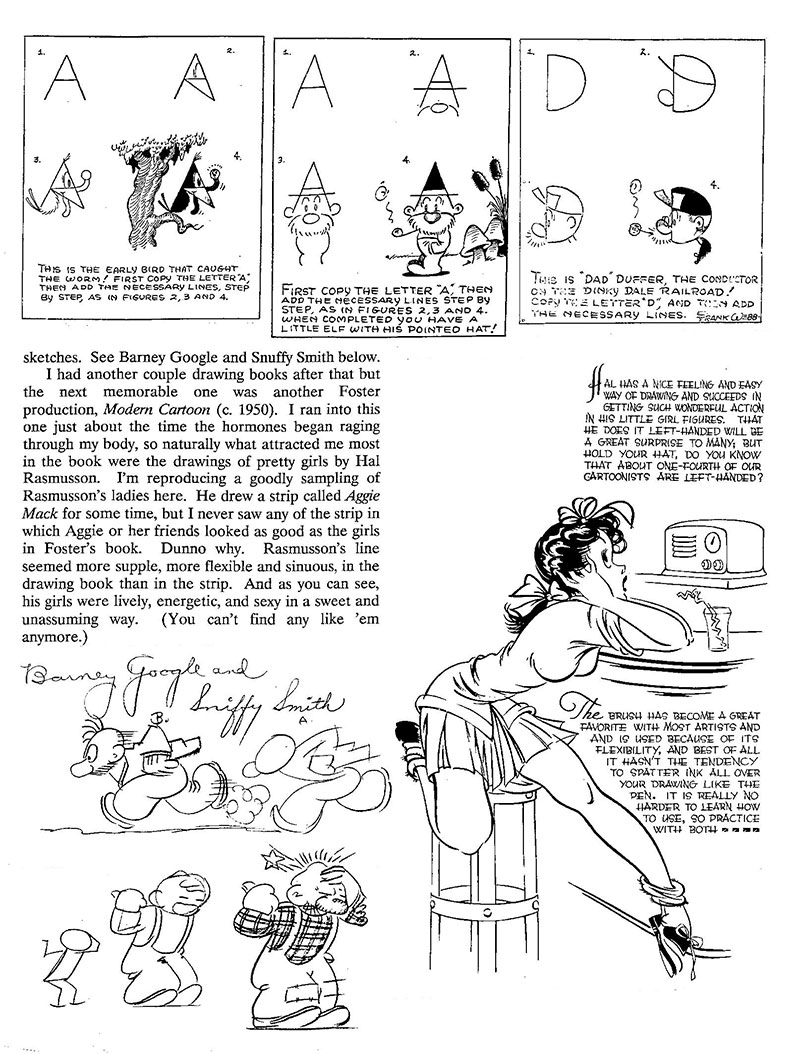 > > |
|
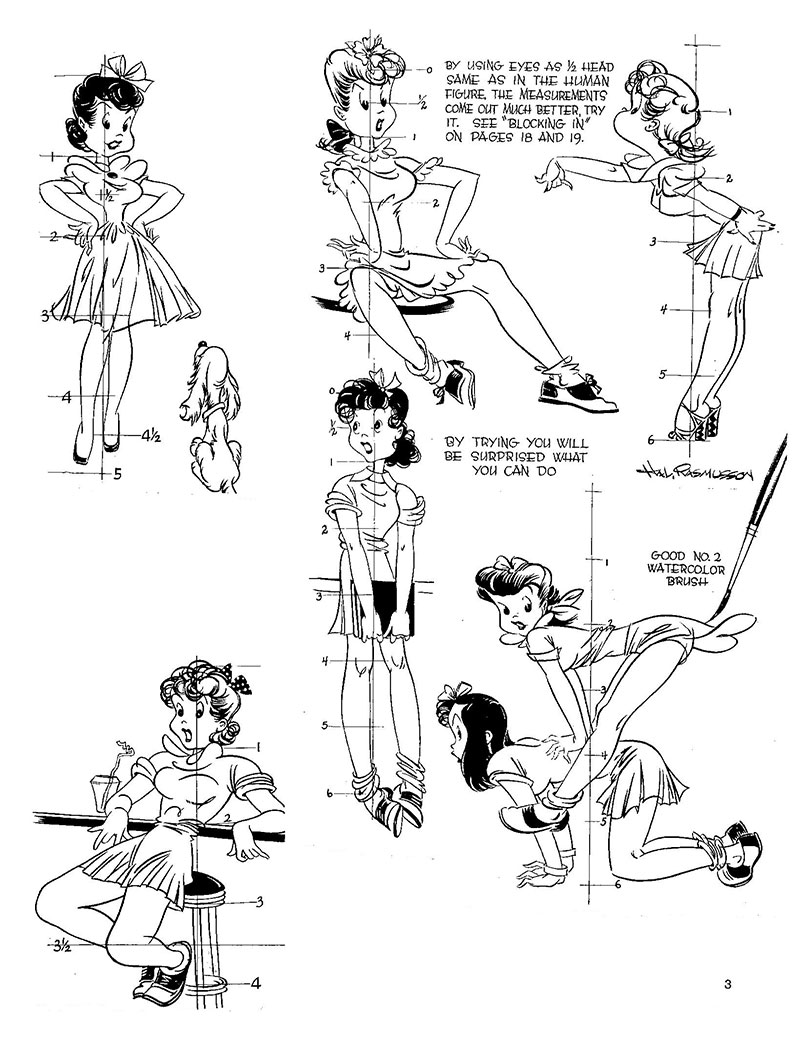 > > |
|
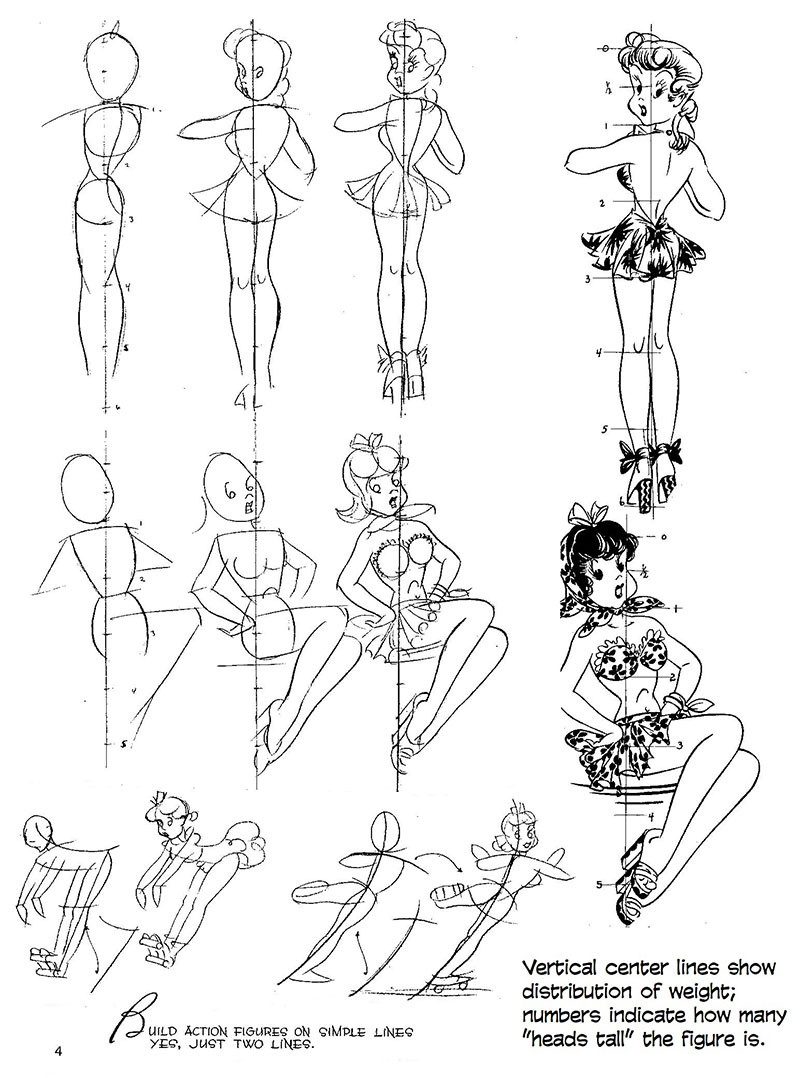 > > |
|
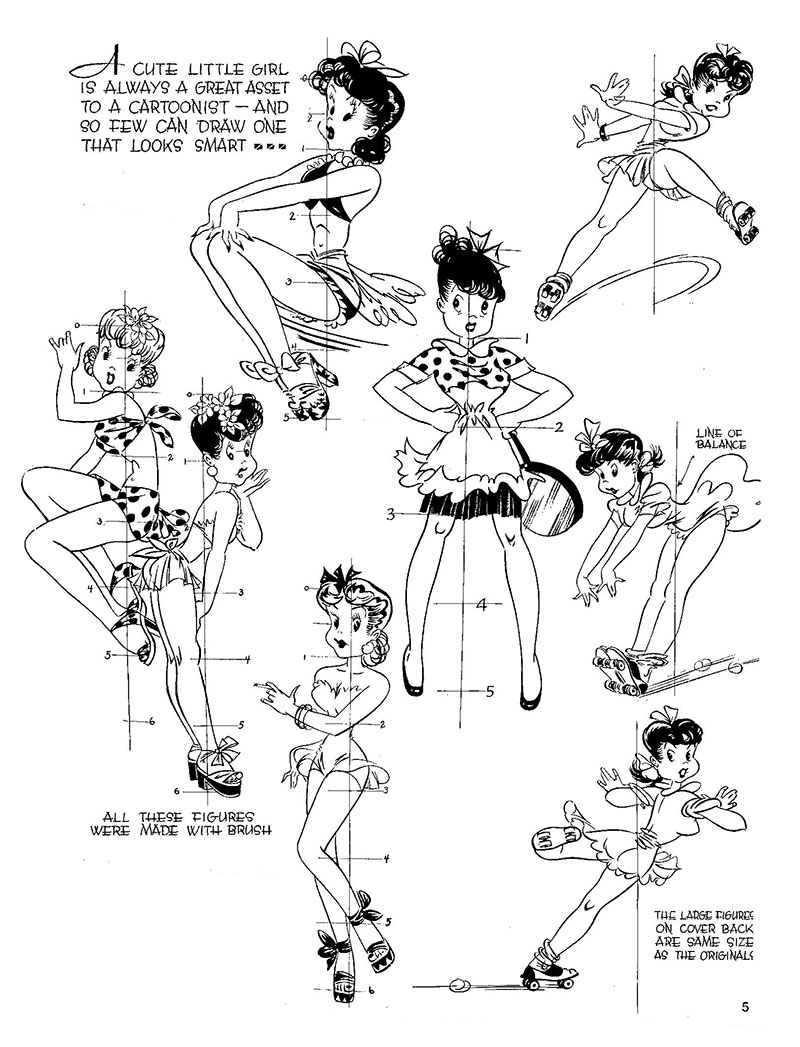 > > |
|
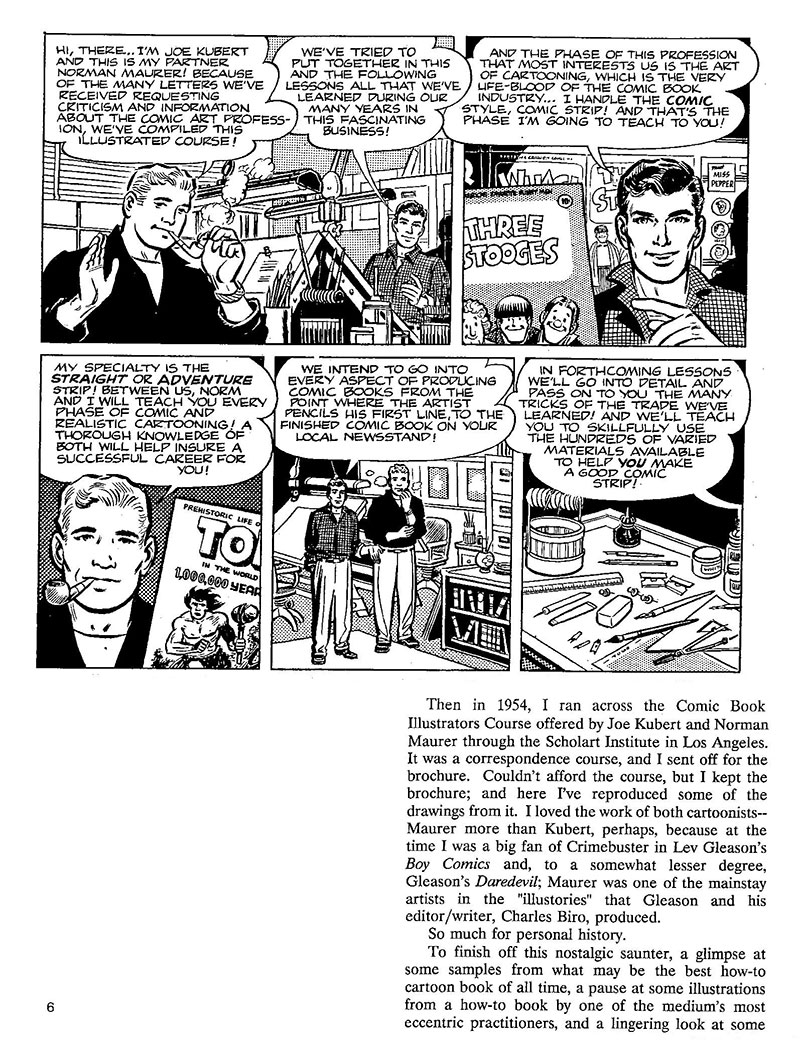 > > |
|
 > > |
|
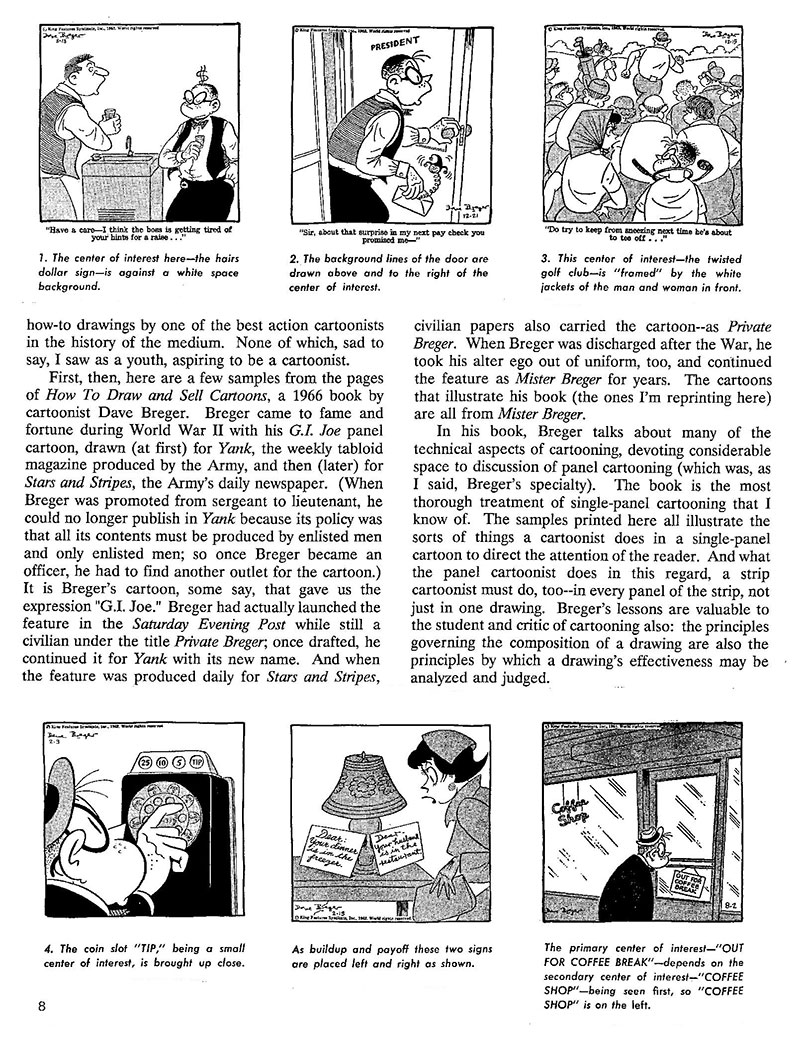 > > |
|
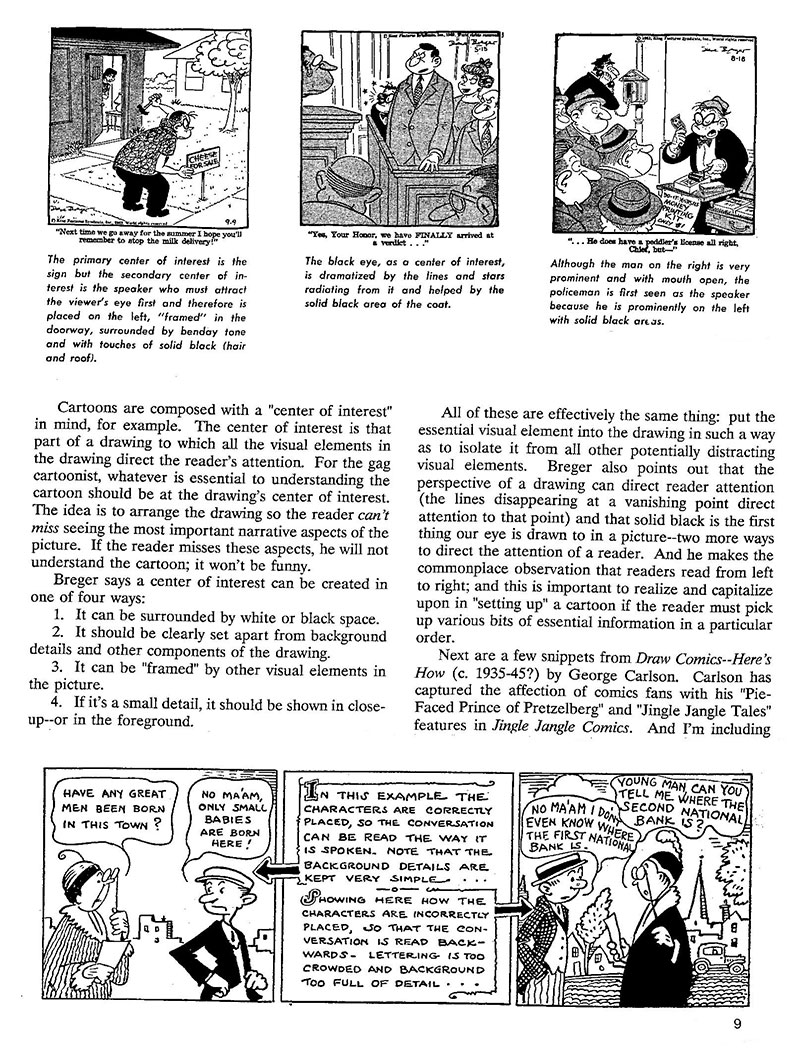 > > |
|
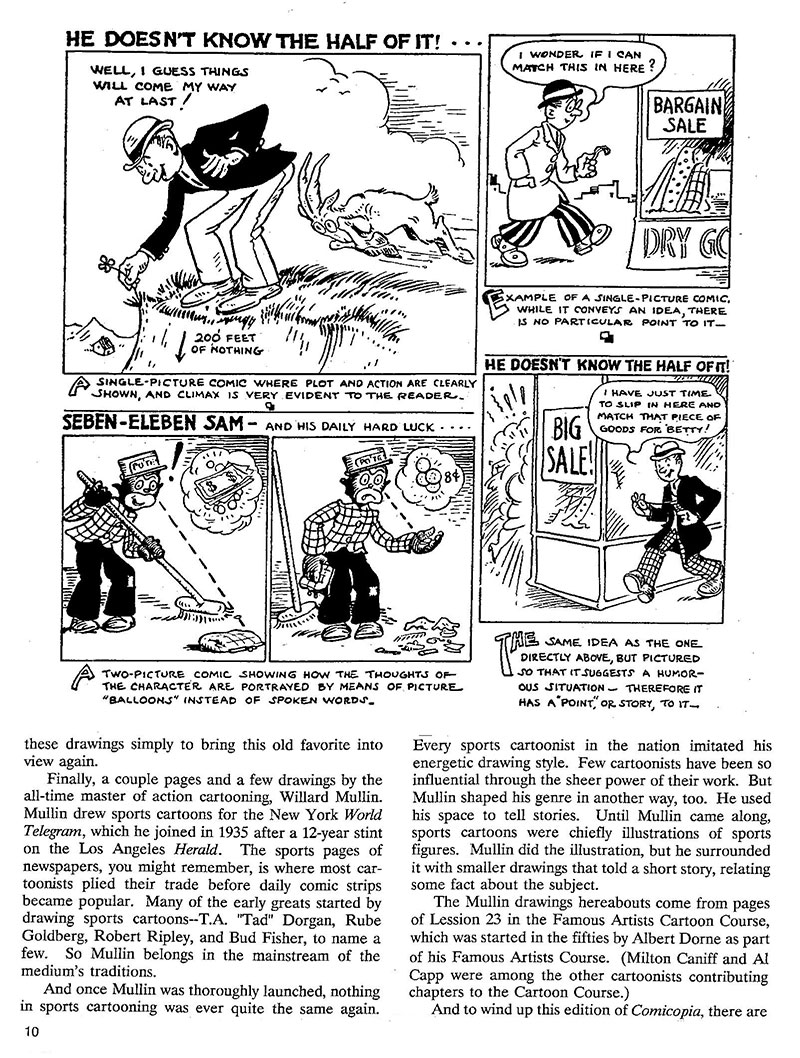 > > |
|
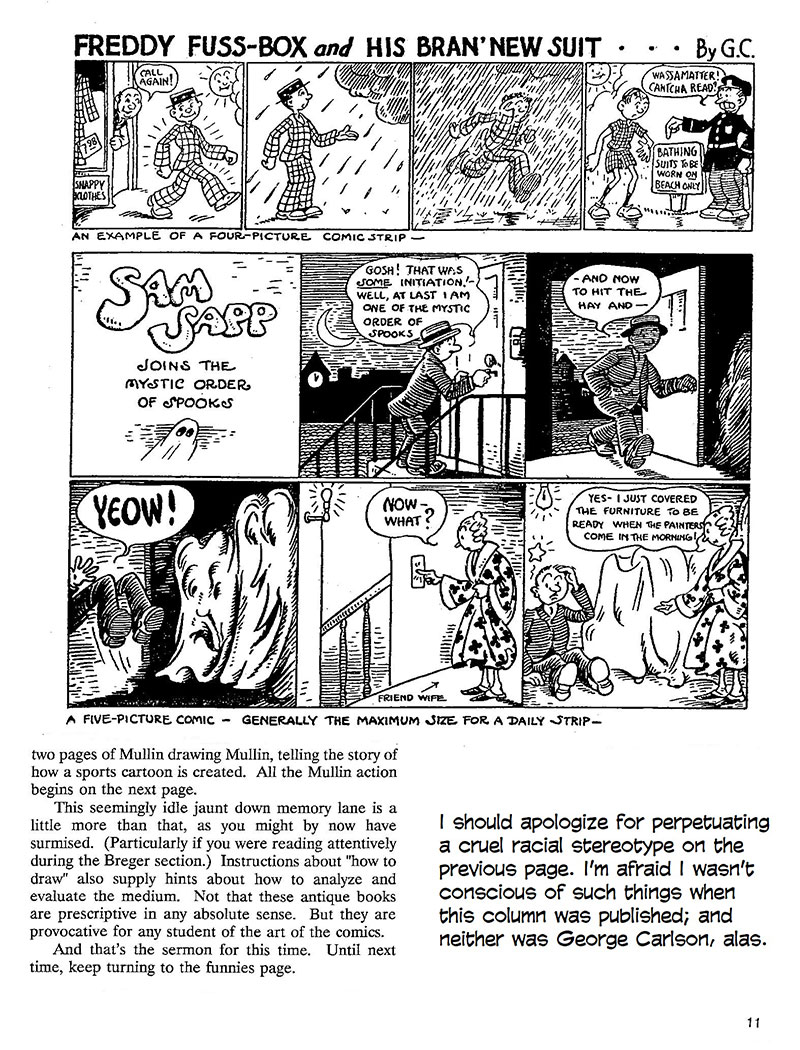 > > |
|
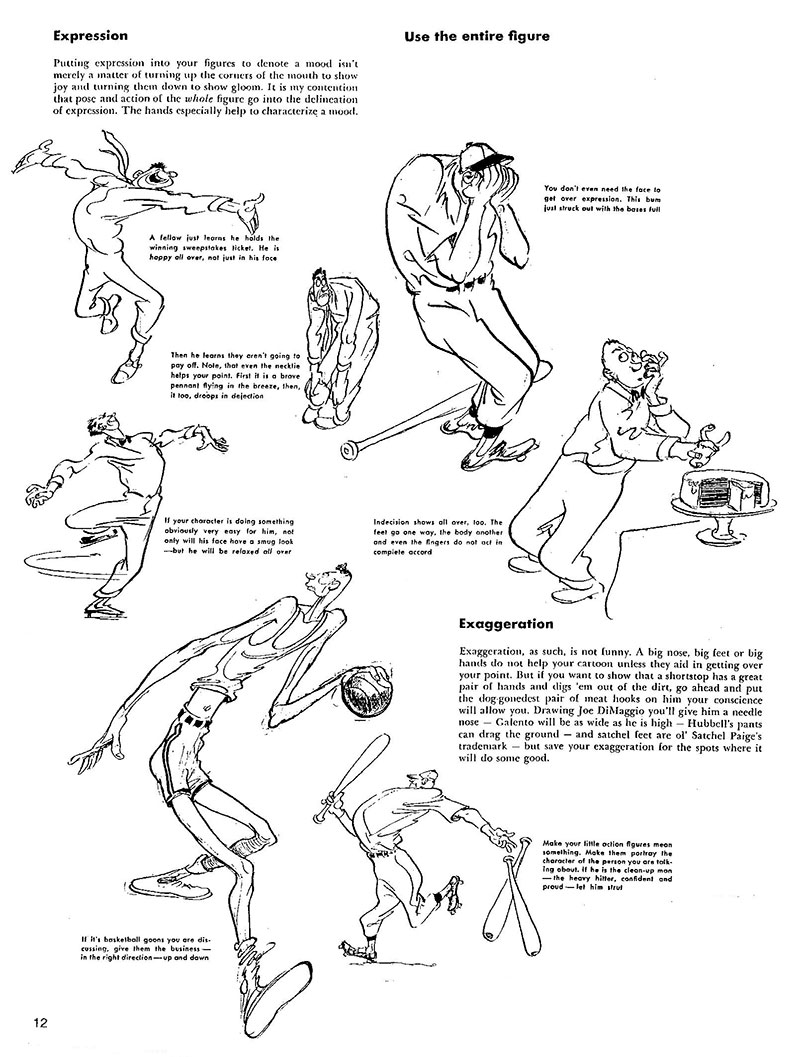 > > |
|
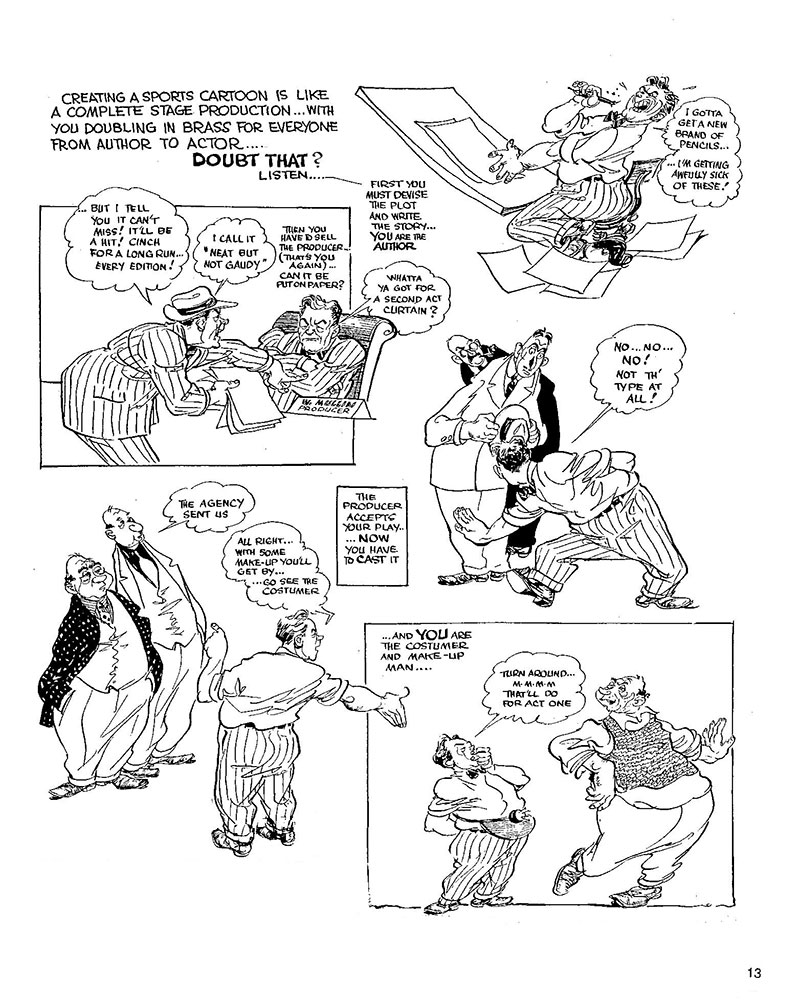 > > |
|
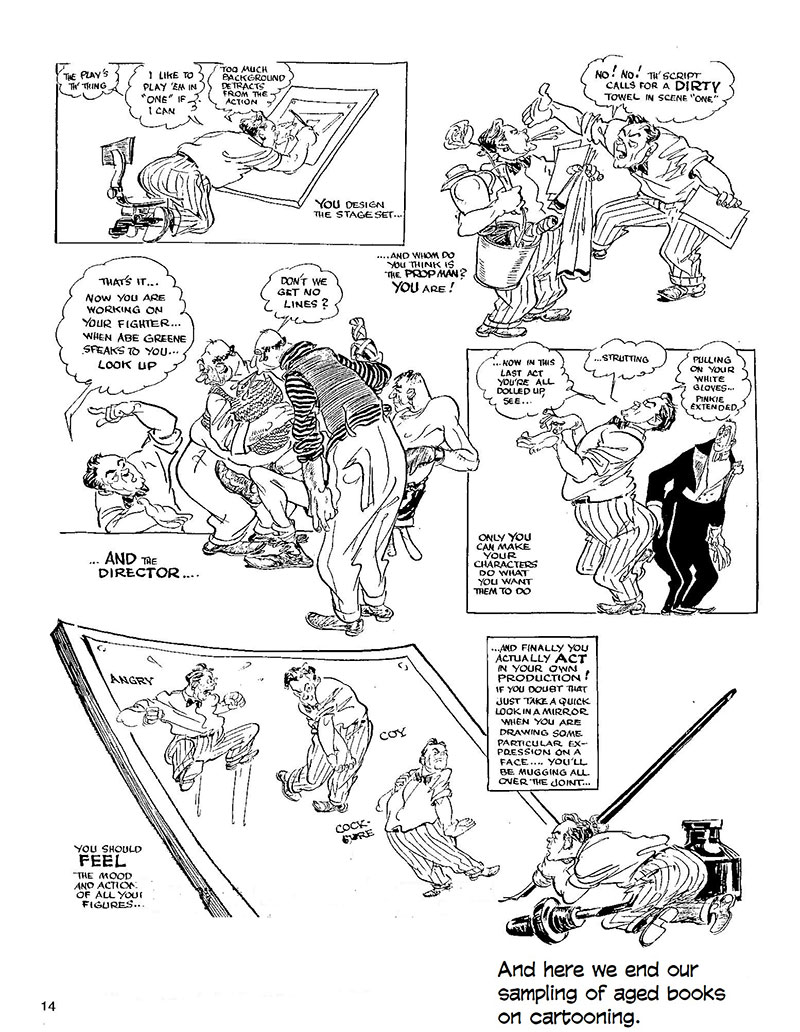 > > |
|
| Return to Top |
